EU faces conflict over rewilding plans
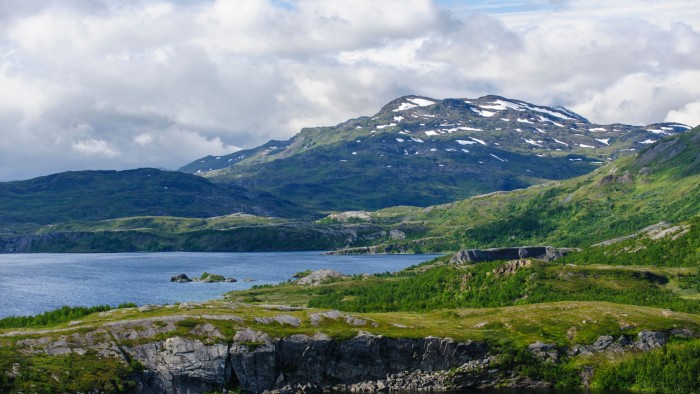
Simply sign up to the Climate change myFT Digest -- delivered directly to your inbox.
The frozen far north of Sweden is one of the EU’s least populated lands. Norrland, as the country’s uppermost third is known, covers a sparsely inhabited 261,292 sq km. But its strong power grid connection means that it could be ripe for renewable energy projects.
It is also home, however, to the indigenous Sámi people, as well as important bird and animal habitats. Ancient taiga forests sit alongside vast wetlands. Elk, lynx and wolverine wander the frigid landscape.
And that, says a report on decarbonising the Swedish energy system by 2050 for the Confederation of Swedish Enterprise, creates “very strong conflicts of interest”. It points out that the entire area is part of the historical land of the Sámi and is largely untouched nature that is protected as a World Heritage Site, a nature reserve, a national park, a protected state forest and swamp forests (as well as many other protection classes, often overlapping).
“In Sweden it is, counter-intuitively, often even more difficult to build things in areas with low population density, as they may be national parks, nature reserves, important habitats or otherwise areas with pristine nature,” explains Staffan Qvist, chief executive of energy consultancy Quantified Carbon and a co-author of the report.
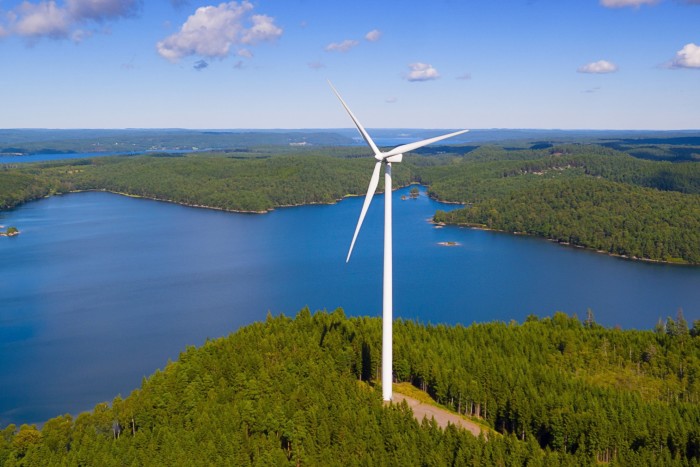
At the same time, though, Sweden was one of five EU countries — including Finland and the Netherlands — that said they could not support Brussels’ Nature Restoration Law, aimed conserving nature. The law was provisionally agreed among policymakers, despite the opposition, in November
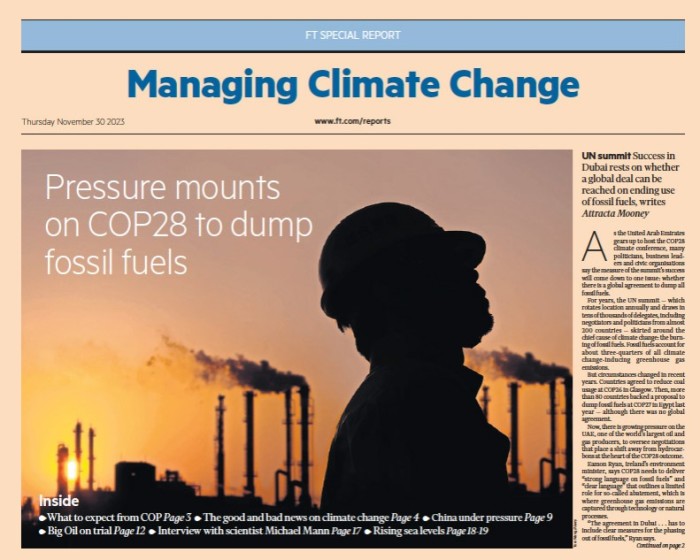
This article is part of an FT special report on Managing Climate Change
One reason for Stockholm’s opposition to the rules, which set an EU-wide target of restoring 30 per cent of the EU’s natural habitats by 2030, is the strength of its forestry industry, which accounts for 10 per cent of Sweden’s exports, according to the Swedish Forest Industry Federation.
Sweden’s position demonstrates the trade-offs governments across the EU face as they shift towards greener economies. Renewable power development has become an imperative, fuelled by a need to replace Russian gas following Moscow’s invasion of Ukraine. But Brussels is also pushing member states to outline “net zero industrial valleys” to boost clean technology production, and to acknowledge the need to start mining for minerals critical to the green transition, rather than rely on imports. The EU’s largest deposit of rare earth elements has been discovered at Kiruna, a town near Sweden’s northernmost tip.
The Nature Restoration Law has proved equally contentious in the European parliament. A campaign by the centre-right European People’s party, the EU’s largest political group, called for the law to be rejected on the basis that it would undermine food security and was incompatible with renewables targets. The European Commission, the EU’s executive arm, which tabled the original proposal, rejected both claims.
But, as the proposal has passed through the EU legislative process, it has been gutted of much of its original intention, demonstrating how nature has fallen down the priority list, campaigners say. Clauses on preventing nature conservation efforts from deteriorating and how restoration should be measured have all been watered down.
Ioannis Agapakis, a lawyer in biodiversity governance at ClientEarth, an environmental charity, argues that prioritising renewables and green industries above nature is short-sighted: “Under no circumstances should this happen at the expense of EU nature and biodiversity, especially amid a biodiversity crisis that is worsening extreme weather events and natural disasters, such as droughts, flooding and wildfire.”
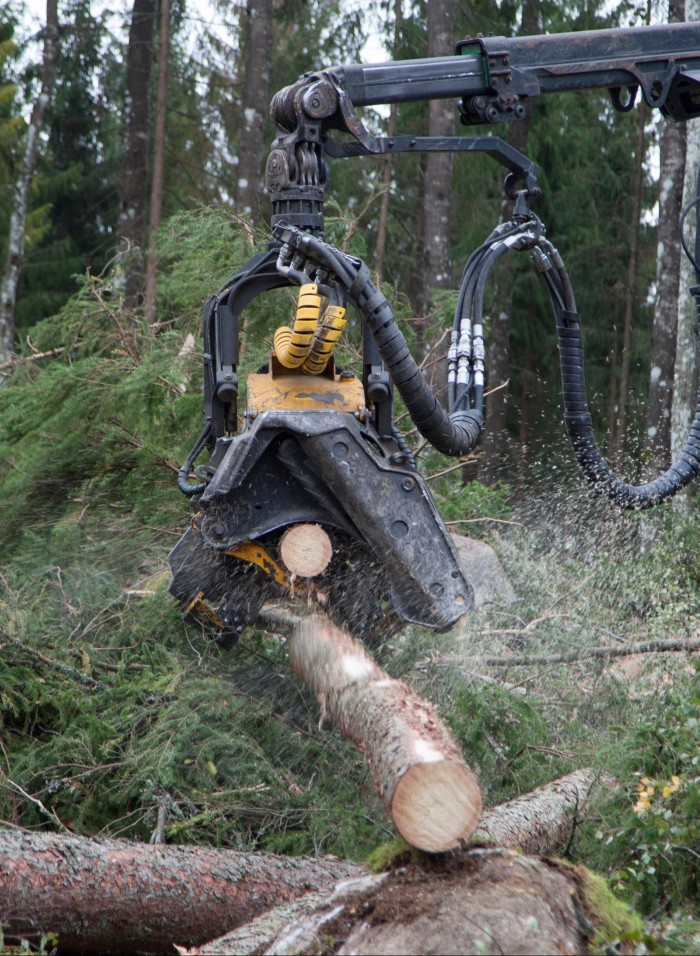
EU officials say one main benefit of the law will be to push governments to pay more attention to spatial planning on a continent that needs to balance competing claims from agriculture, housing, industry, energy production and biodiversity.
“We are asking for a high level of coherence from member states when they make their go-to areas [for renewable power permits], their restoration areas, their maritime spatial plans,” says one senior EU official. “Things have to make sense and be coherent. And civil society has to be involved.”
Several renewables organisations, including trade associations WindEurope and SolarPower Europe, and non-profit the Renewables Grid Initiative support the law, arguing that nature and green energy could coexist. “Nature restoration and the expansion of wind energy go hand in hand,” WindEurope said at the time of a European parliament vote on the law in June.
Nonetheless, member states are still concerned there is simply not enough space to conserve nature outside of already designated Natura 2000 sites (an EU network of protected areas).
“We say a lot of net zero industries and critical raw materials are important,” says one EU diplomat. “There needs to be a way to achieve both [nature restoration and green energy goals]. You could do it if there was some flexibility in the plans.”
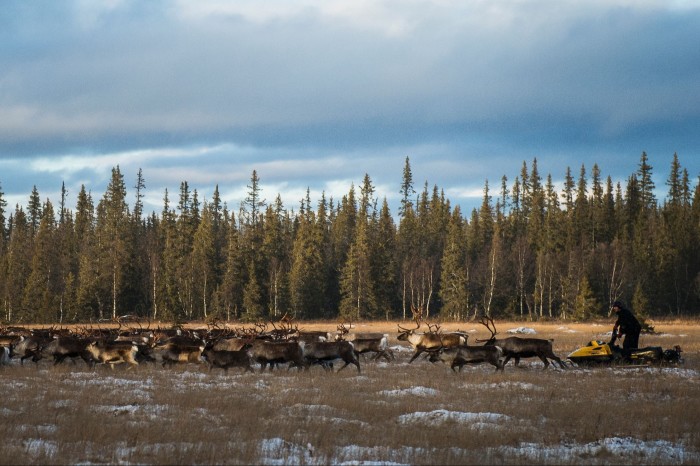
Federal states such as Austria and Germany also have to push regional governments to accept the targets, while many EU politicians, particularly from more rightwing parties, fear a backlash from farmers and industry at EU elections next June.
Kathy Fallon, director of land and climate at Clean Air Task Force, a non-profit, says some damage to nature is inevitable: “Unfortunately, we may need to reckon with the possibility of trading off some natural resources, and compensating for those losses, in order to stave off the worst effects of climate change on nature.”
Climate Capital

Where climate change meets business, markets and politics. Explore the FT’s coverage here.
Are you curious about the FT’s environmental sustainability commitments? Find out more about our science-based targets here
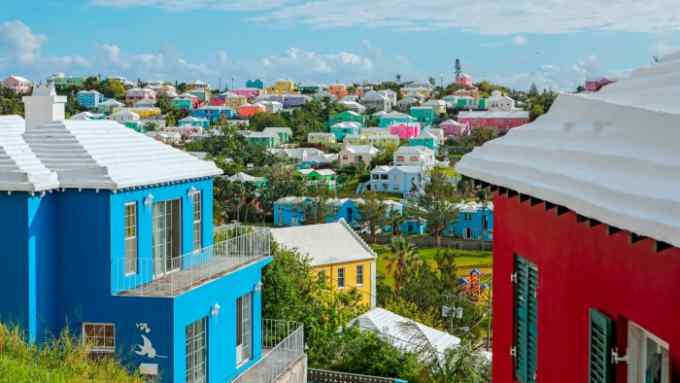
Comments